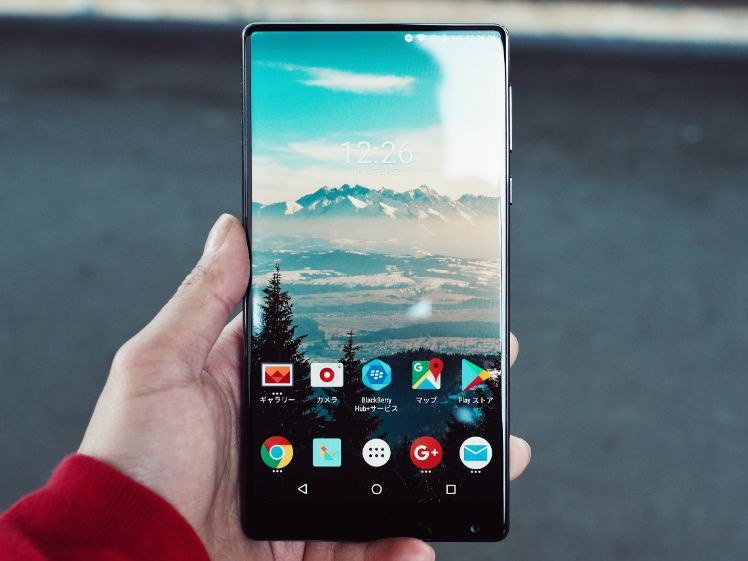In the ever-evolving landscape of mobile applications, the concept of deep linking has emerged as a powerful tool for developers to drive user engagement and enhance the overall app experience. Deep linking allows users to navigate directly to specific content, features, or actions within an app, bypassing the need to start from the app's home screen. This seamless integration of links not only simplifies user interactions but also opens up new avenues for app discoverability and user retention. In this comprehensive guide to deep linking for Android and iOS apps, we explore its significance, implementation strategies, and real-world applications.
Understanding the Essence of Deep Linking
What is Deep Linking? Deep linking refers to the practice of creating hyperlinks that direct users to a specific location within a mobile app. These links can lead users to a particular screen, product page, article, or any other relevant content within the app, providing a frictionless user experience.
Types of Deep Links:
-
Traditional Deep Links: These links take users directly to a specific location within the app if it's installed on their device. If the app is not installed, users are redirected to the app store to download it first.
-
Deferred Deep Links: Deferred deep links ensure a seamless experience for both installed and non-installed users. They first prompt non-installed users to download the app and then direct them to the intended content after installation.
-
Contextual Deep Links: Contextual deep links personalize the user experience by carrying additional data such as user preferences, referral information, or search queries. This allows for tailored and relevant content delivery within the app.
Advantages of Deep Linking in App Development
1. Enhanced User Experience: Deep linking simplifies navigation for users by providing direct access to the content or features they seek. This reduces the number of steps required to reach desired actions, resulting in a smoother and more intuitive user journey.
2. Improved App Engagement: When users can easily access specific content or perform desired actions within the app, they are more likely to engage with it. Deep links encourage exploration, interaction, and prolonged app usage.
3. Increased App Discoverability: By sharing deep links across social media, emails, websites, or digital ads, developers can drive traffic directly to specific app content. This boosts app discoverability and attracts new users organically.
4. Seamless Cross-Platform Integration: Deep linking bridges the gap between web and app experiences, allowing users to transition seamlessly between web pages and app content. This ensures consistency and continuity across platforms, improving overall user satisfaction.
Implementing Deep Linking: Best Practices for Android and iOS
1. Android App Deep Linking:
- Implement Android App Links for seamless navigation from web links to app content.
- Define intent filters in the app's manifest file to specify which URLs should open within the app.
- Utilize Firebase Dynamic Links for flexible deep linking solutions, including deferred deep linking.
2. iOS App Deep Linking:
- Utilize Universal Links for iOS to enable direct access to app content from web links.
- Configure the apple-app-site-association file on the server to associate web URLs with specific app content.
- Consider third-party deep linking services such as Branch.io or AppsFlyer for advanced functionality and analytics.
Real-World Examples of Deep Linking Success
1. Airbnb:
- Airbnb uses deep links to guide users directly to listings, saved searches, or booking pages within the app.
- By integrating deep links into marketing emails and referral invites, Airbnb enhances user engagement and encourages bookings.
2. Starbucks:
- Starbucks employs deep links to take users directly to order customization screens or loyalty rewards within the app.
- Deep links shared on social media or in promotional campaigns drive app downloads and increase in-store purchases.
3. Spotify:
- Spotify utilizes deep links to lead users directly to playlists, artist profiles, or recommended albums within the app.
- Deep links shared on social media platforms or in personalized emails boost user engagement and encourage music discovery.
Embracing Deep Linking for App Success
Deep linking has become an indispensable tool for app developers looking to create immersive, user-friendly experiences that drive engagement and retention. By implementing deep linking strategies tailored to their app's content and user base, developers can unlock the full potential of their apps and establish a strong foothold in the competitive app market.
As the mobile app ecosystem continues to evolve, deep linking remains a key element in building successful, user-centric apps. By embracing the power of deep linking, developers can elevate their apps to new heights of engagement, user satisfaction, and long-term success.


No comments yet